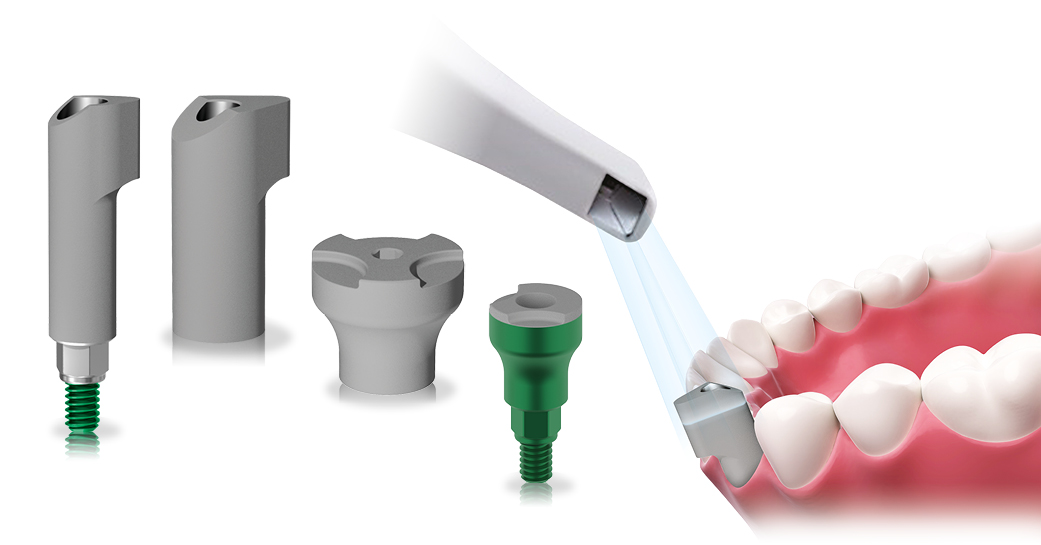Scan body and intraoral scanners represent the future of implant prosthetic rehabilitation, but what they are and how they work.
The traditional impression techniques to build the prosthesis on implants required the use of a special paste that created several problems and discomforts. Patients could not tolerate the taste (sometimes unpleasant), for many it created a strong gag reflex and, finally, the dentist sometimes had difficulty inserting the paste and the impression tray in subjects with small mouth openings. Today, there are good alternatives to the analogue impression; thanks to the digitalization, all these problems are only a thing of the past.
Implantology and its tools have evolved. First of all, there is the intraoral scanner, which allows a complete digital scan of the teeth and gums in a few seconds with very high precision, simply by passing the tip of the device close to the surfaces to be scanned.
Then, in order to obtain the position of the implant inside the mouth, it is necessary to use the scan bodies, in particular the scan abutments through which the position of the implant can be detected using the intraoral scanner. The scan body is used as a position repere making it possible to use the T-base that will act as a stump to recreate the patient’s tooth from scratch.
JD Scanbody features:
- Available for all JD Implant lines
- Manufactured in Titanium grade 5
- The asymmetrical shape facilitates the identification of the univocal implant position
- The surface treatment makes the scanning easier
- Limited vertical dimensions for a quick and easy placement also in inaccessible areas
- The straight body shape reduces the soft tissue compression
For further information, visit the Digital solutions page.
Advantages:
Digitalizing the impression process help to simply the workflow increasing patient comfort making an optical impression easily and accurately. The time of treatment is drastically reduced, the accuracy of the prosthetic artefact is increased by eliminating the error margins of the analogue process and, once the teeth are implanted in the mouth, a digital copy of the work remains, allowing teeth identical to the originals to be reproduced indefinitely in the event of future wear.
Would you like to discover the advantages of digital implantology and learn how to apply these techniques?
Contact us for further information, our team will reply you as soon as possible.
